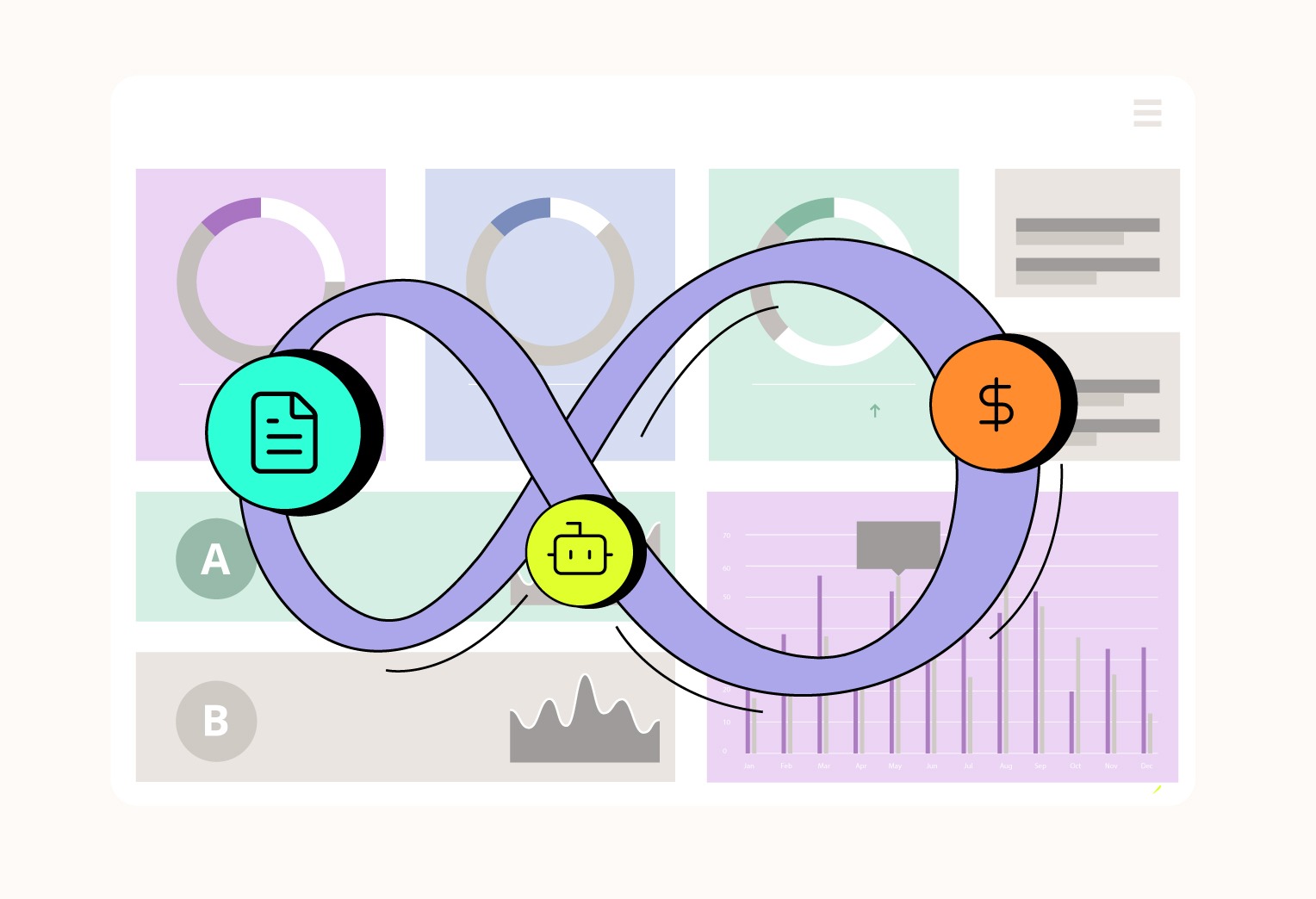Scenario analysis dates back to days before. For instance, the U.S. military introduced scenario analysis in the 1900s. And Shell Oil used it to examine and respond better to fluctuating oil supplies. Today, they are used by modern finance teams as intelligent financial modeling tools. Smaller companies which may largely be affected by events find this technique valuable.
Simply stated, it is a notable concept in financial modeling. It gives the financial models the flexibility to alter assumptions and reflect changes that might have happened during a business operation.
In this article, we’ll see:
- Scenario analysis at a glance
- Four key steps in scenario analysis
- Types of scenario analysis
- The benefits of scenario analysis
- How do finance teams use scenario analysis?
- Building scenarios with Bluecopa
Let’s give it a read.
Scenario analysis at a glance
Scenario analysis is a process of identifying, assessing, and responding to various possible future events or scenarios. It is a tool that organizations can use to make better decisions in the face of uncertainty. Some use cases include weighing risks and making investment decisions.
For example, here are some scenarios to ponder.
- What happens to revenue when the cost of materials spikes?
- What revenue will the new product line generate?
- How my top line will be affected due to an unanticipated competitor’s entry?
In essence, scenario analysis can be defined as considering a metric or valuation and seeing how it moves across various cases. It’s a rational way to examine the future. Teams use it to analyze the impacts and outcomes of both negative and positive events.
Four key steps in scenario analysis
Scenario analysis typically involves the following steps:
Step 1 - Identify key uncertainties and drivers of change.
What are the most important factors that could affect the organization's future?
Step 2 - Develop a range of plausible scenarios.
These scenarios should span various possible outcomes, from best-case to worst-case.
Step 3 - Assess the impact of each scenario on the organization.
This may involve financial modeling, qualitative analysis, or a combination of both.
Step 4 - Develop strategies for responding to each scenario.
This will help the organization to be more resilient and to take advantage of opportunities, even in the face of unexpected challenges.
Types of scenario analysis
Scenario analysis is used to analyze the good and bad of the decisions financial leaders make. Employing it well will reveal unexpected technological and economic challenges. In turn, it helps them plan for the better.
So, consider the initial or base case, which is nothing but the average case that takes existing or commonly agreed assumptions about the future. After this, you prepare both best-case and worst-case scenarios.
Below, are three fundamental types—
Type 1 Quantitative scenario analysis
This type of scenario analysis uses quantitative data and models to assess the impact of different scenarios on the organization. It is often used in business and finance to make decisions about investments, product launches, and other strategic initiatives.
Type 2 Qualitative scenario analysis
This type of scenario analysis uses qualitative data and expert judgment to assess the impact of different scenarios on the organization. It is often used to explore complex scenarios or to assess scenarios where there is limited quantitative data available.
Type 3 Normative scenario analysis
This type of scenario analysis is used to develop strategies for achieving a desired future outcome. It is often used to develop strategic plans, set goals, and identify the resources and capabilities that are needed to achieve those goals.
The benefits of scenario analysis
Below, we draw upon some of the essential advantages of scenario analysis. This includes—
- Helping organizations to make better decisions in the face of uncertainty. By considering a range of possible future outcomes, organizations can identify risks and opportunities that they may not have otherwise considered. This helps them make more informed decisions about allocating resources and developing strategies.
- Improving resilience. By developing plans for how to respond to different scenarios, organizations can become more resilient to unexpected shocks and changes. This can help them to avoid financial losses and reputational damage.
- Encouraging strategic thinking. Scenario analysis forces organizations to think about the long term and to consider the big picture. This can help them to develop more strategic plans that are less focused on short-term gains.
- Promoting collaboration. Scenario analysis is often a collaborative process involving stakeholders from across the organization. This can help to break down silos and improve communication and coordination.
How do finance teams use scenario analysis?
Finance teams use scenario analysis to assess the potential impact of different events or scenarios on the financial performance of a company. This can be used to identify risks and opportunities, to develop strategic plans, and to make better decisions about investments and projects.
Here are some specific examples of how finance teams use scenario analysis:
#1 To assess the impact of economic conditions
Finance teams can use scenario analysis to assess the impact of different economic conditions, such as recessions, inflation, and interest rate changes, on the company's revenue, costs, and profits. This information can be used to develop contingency plans and to make better decisions about resource allocation.
#2 To evaluate new investment opportunities
Finance teams can use scenario analysis to evaluate the potential risks and returns of new investment opportunities. This can help the company to make more informed decisions about where to allocate its capital.
#3 To stress-test the company's financial position
Finance teams can use scenario analysis to stress test the company's financial position by simulating the impact of different adverse events, such as a sudden drop in sales or a major lawsuit. This can help the company to identify potential weaknesses in its financial position and to develop plans to mitigate these weaknesses.
#4 To develop strategic plans
Finance teams can use scenario analysis to develop strategic plans by considering the potential impact of different future events and scenarios on the company's business. This can help the company develop more robust strategic plans that are more likely to be successful in a variety of possible future environments.
Building scenarios with Bluecopa
Bluecopa helps finance teams perform scenario analysis and modeling more effectively and efficiently. It allows users to create and manage multiple scenarios in a single model. This makes it easy to compare the financial impact of different scenarios on the company's performance.
To create powerful scenario modeling with Bluecopa, click through the demo today.




.jpg)